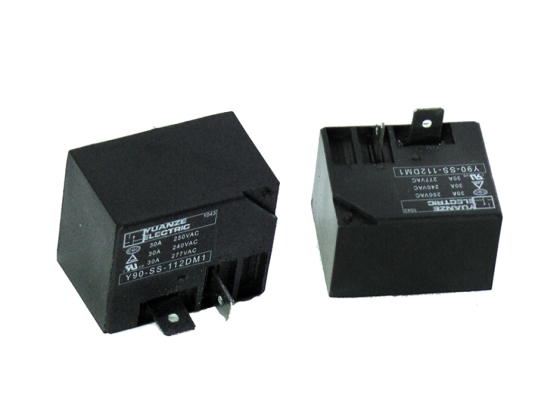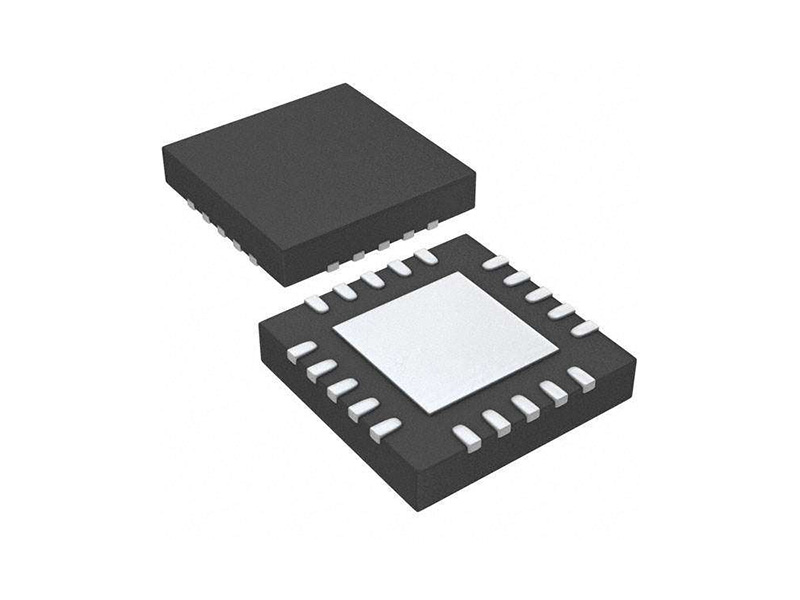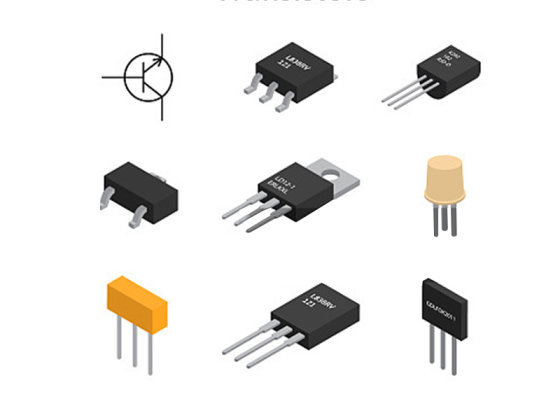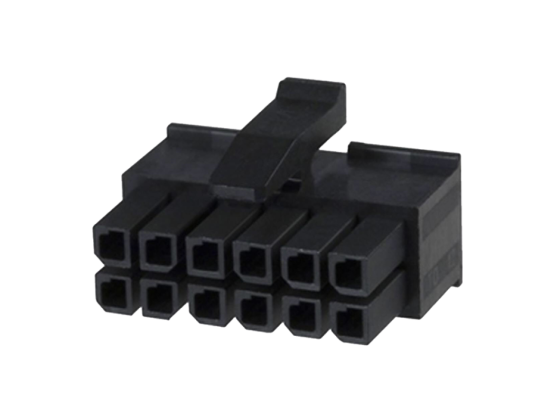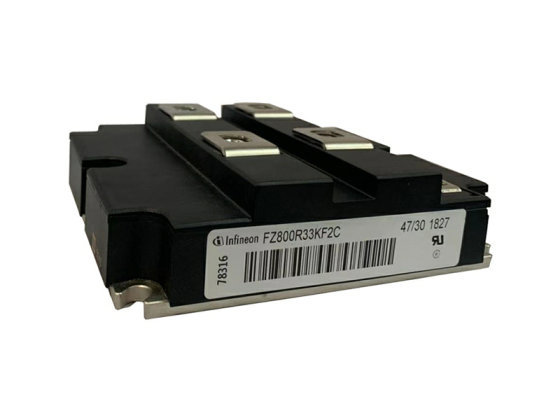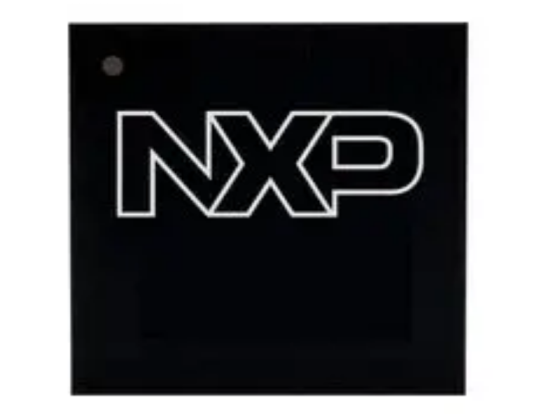Relays are automatic switching components with isolation function, widely used in remote control, telemetry, communication, automatic control, mechatronics and power electronics, and are one of the most important control components.
Relays generally have an induction mechanism (input part) that reflects certain input variables (such as current, voltage, power, impedance, frequency, temperature, pressure, speed, light, etc.); an actuator (output part) that provides "on" and "off" control of the controlled circuit; and an output part in the input and output parts of the relay. Between the input and output parts of the relay, there is an intermediate mechanism (drive part) that couples and isolates the input quantity, processes the function and drives the output part.)
As control elements, in summary, relays have several roles.
(1) Expand the control range: For example, multi-contact relay control signal up to a certain value, you can switch, open, and turn on multiple circuits at the same time, according to the different forms of contact groups.
(2) Amplification: For example, sensitive relays, intermediate relays, etc., with a very small amount of control, you can control a very high-power circuit.
(3) Integrated signals: For example, when multiple control signals are fed into a multi-winding relay in a prescribed form, they are compared and integrated to achieve a predetermined control effect.
(4) Automatic, remote control, monitoring: For example, relays on automatic devices, together with other electrical appliances, can form programmed control lines, thus achieving automated operation.
Relays are automatic switching components with isolation function, widely used in remote control, telemetry, communication, automatic control, mechatronics and power electronics, and are one of the most important control components.
Relays generally have an induction mechanism (input part) that reflects certain input variables (such as current, voltage, power, impedance, frequency, temperature, pressure, speed, light, etc.); an actuator (output part) that provides "on" and "off" control of the controlled circuit; and an output part in the input and output parts of the relay. Between the input and output parts of the relay, there is an intermediate mechanism (drive part) that couples and isolates the input quantity, processes the function and drives the output part.)
As control elements, in summary, relays have several roles.
(1) Expand the control range: For example, multi-contact relay control signal up to a certain value, you can switch, open, and turn on multiple circuits at the same time, according to the different forms of contact groups.
(2) Amplification: For example, sensitive relays, intermediate relays, etc., with a very small amount of control, you can control a very high-power circuit.
(3) Integrated signals: For example, when multiple control signals are fed into a multi-winding relay in a prescribed form, they are compared and integrated to achieve a predetermined control effect.
(4) Automatic, remote control, monitoring: For example, relays on automatic devices, together with other electrical appliances, can form programmed control lines, thus achieving automated operation.

